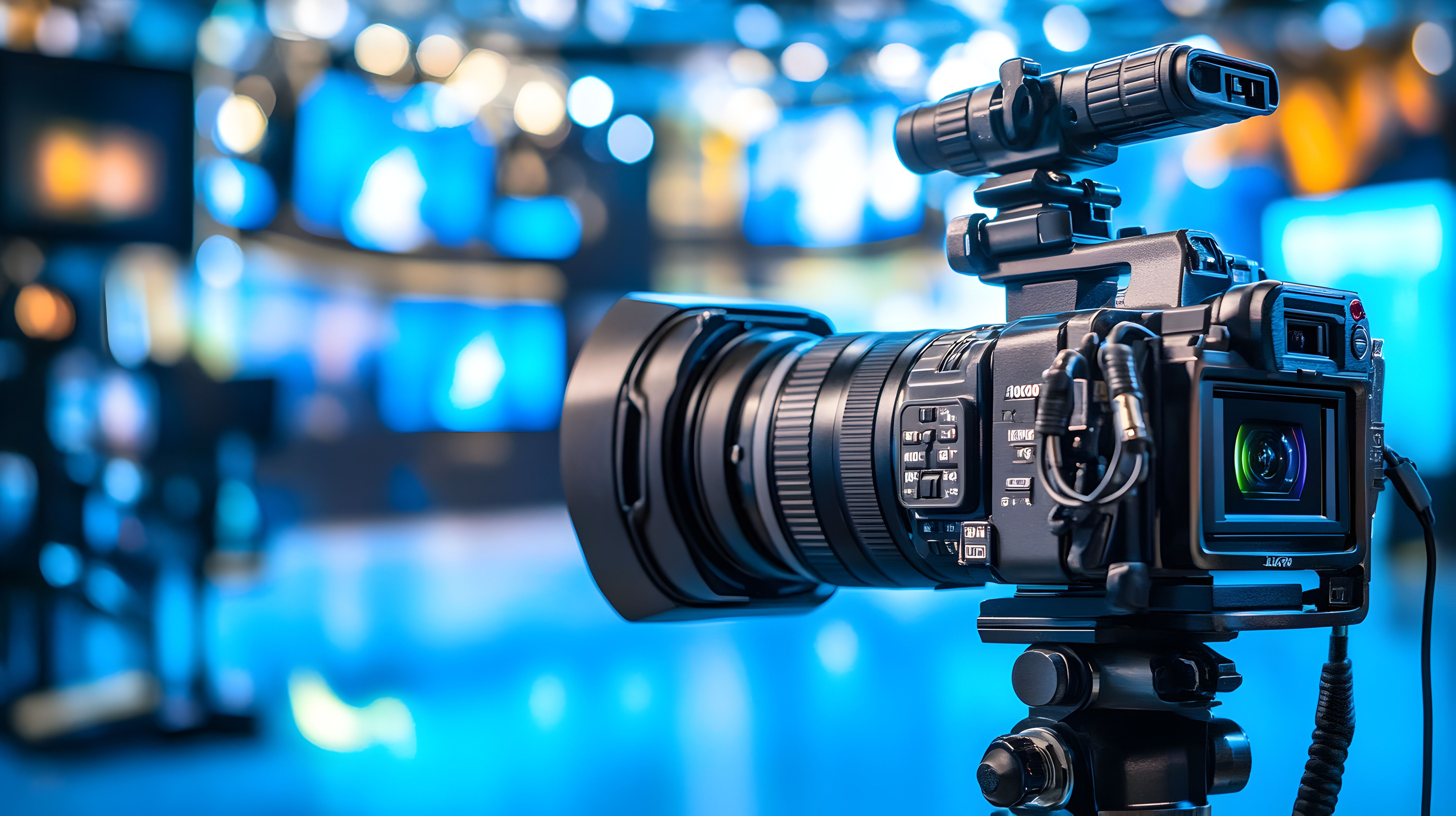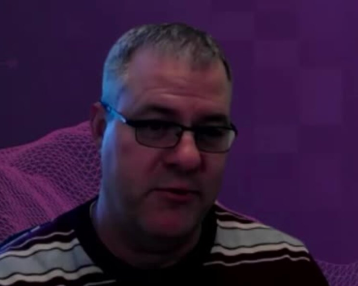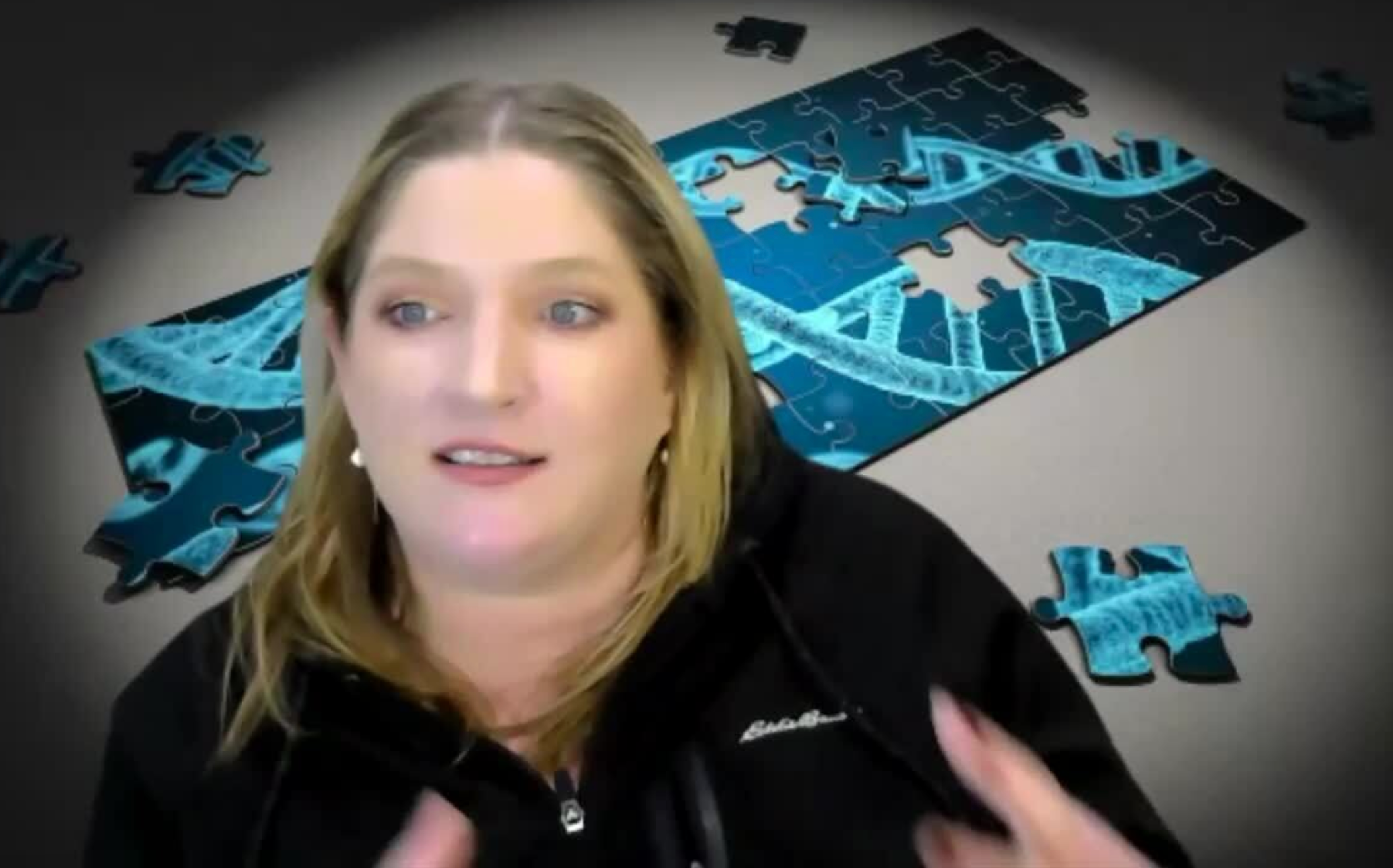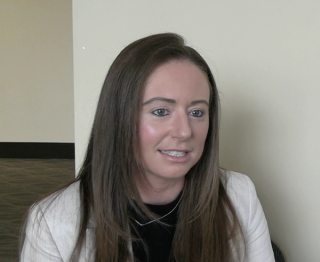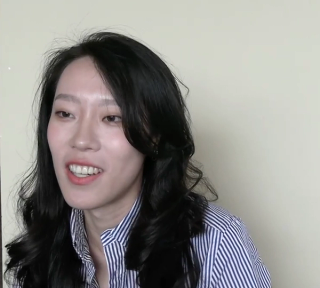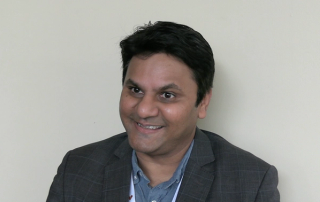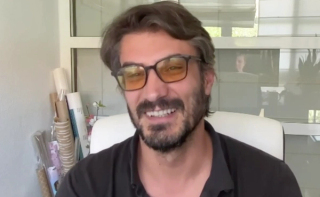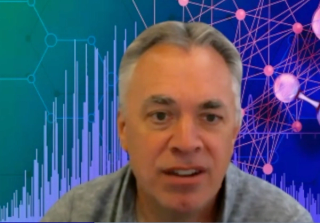
Spectroscopy Interviews
Latest News
Latest Videos

More News
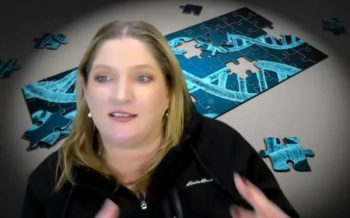
In this video interview segment, Glynn of the University of New Haven discusses the significant advancements in forensic technology, particularly the use of forensic investigative genetic genealogy (FIGG) for identifying human remains.

In this video interview clip, Claire Glynn highlights the advancements in portable DNA analysis, emphasizing its current role rather than future potential in forensic science.
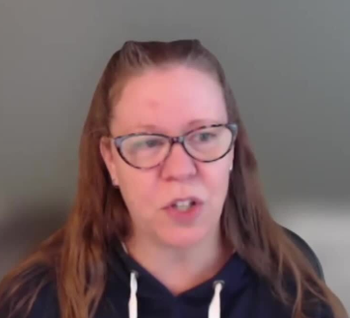
This interview segment shifts away from the technology that is impacting forensic sciences and instead focuses on a broader issue in the industry.
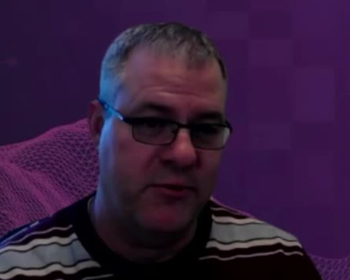
In this video segment, Metz discusses advancements in field deployable units, such as miniaturized mass spectrometers and separation devices, which are notable for their size reduction.

In this video clip, Eldridge identifies three main challenges in the forensic science field: funding constraints, effective communication of results, and the implementation of new standards.

In this video clip, Metz discusses his focus on molecular measurement science using mass spectrometry (MS) to study small molecules, emphasizing the challenge of identifying and quantifying unknown compounds.
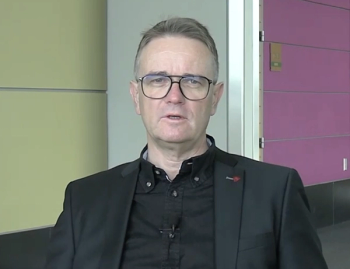
Our full-length interview with Huck covers more than just NIR spectroscopy in food and bio analysis. Spectroscopy sat down with Huck to also discuss current trends going on in spectroscopy, delving into what challenges spectroscopists face today and how they can solve these concerns.
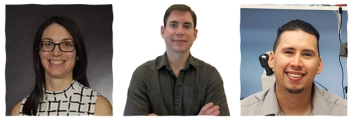
Spectroscopy recently sat down with Dr. Geraldine Monjardez and two of her coauthors, Dr. Christopher Zall and Dr. Jared Estevanes, to discuss their most recent study, which examined the crystal structure of ammonium nitrate (AN) following exposure to explosive events.

In part 2 of our interview with Oskar Hagelskjaer of Microplastic Solution, he discusses the benefits of using automated Raman microspectroscopy to detect and analyze microplastics in drinking water.

Spectroscopy sat down with Oskar Hagelskjaer, Founder and CEO of Microplastic Solution, to discuss his latest study whose findings challenge EU Directive 2020/2184 regarding microplastic detection in potable water.
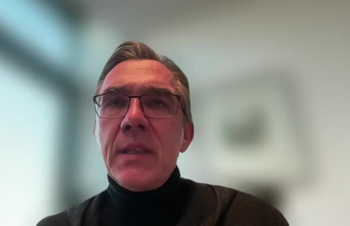
Spectroscopy sat down with Juergen Popp of the Leibniz Institute for Photonic Technology to talk about the Photonics West Conference, as well as his work using label-free spectroscopy techniques for precise tumor margin control.
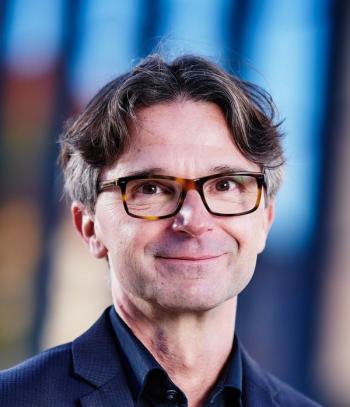
Spectroscopy sat down with Knut Baumann of the University of Technology Braunschweig to discuss his latest research examining the classification of two closely related horsetail species, Equisetum arvense (field horsetail) and Equisetum palustre (marsh horsetail), using near-infrared spectroscopy (NIR).
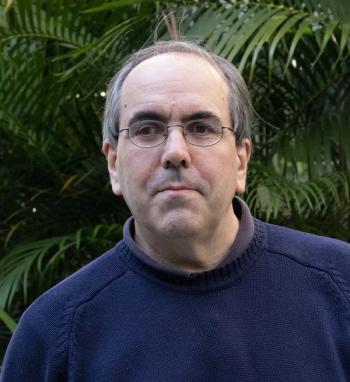
Spectroscopy sat down with Daniel Cozzolino of the University of Queensland to discuss his latest research using near-infrared (NIR) spectroscopy to determine the fatty acid content in black soldier fly.
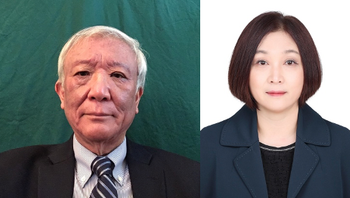
Spectroscopy recently sat down with Isao Noda of the University of Delaware and Young Mee Jung of Kangwon National University to talk about the principles of two-dimensional correlation spectroscopy (2D-COS) and its key applications.
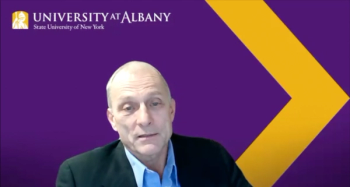
During EAS 2024, we interviewed Igor Lednev of the University of Albany about his storied career and his expectations for 2025.

Aleksandra "Sasha" Karapetrova and Win Cowger discuss their research using µ-FTIR spectroscopy and Open Specy software to investigate microplastic deposits in remote snow areas, shedding light on the long-range transport of microplastics.
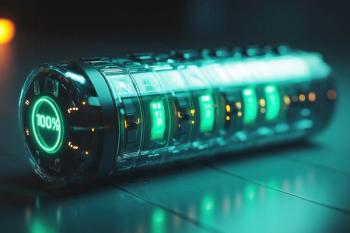
Spectroscopy spoke with Uwe Karst, a full professor at the University of Münster in the Institute of Inorganic and Analytical Chemistry, to discuss his research on hyphenated analytical techniques in battery research.
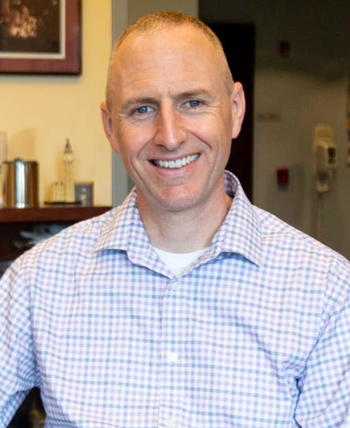
As part of “The Future of Forensic Analysis” content series, Spectroscopy sat down with Glen P. Jackson of West Virginia University to talk about the historical development of mass spectrometry in forensic analysis.

As part of “The Future of Forensic Analysis” content series, Spectroscopy sat down with Brooke Kammrath of the University of New Haven to talk about the significance of spectroscopy in forensic analysis.
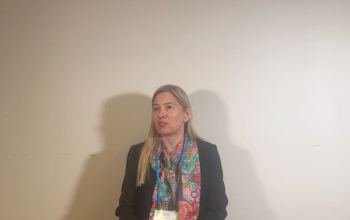
As part of our EAS 2024 coverage, we recently interviewed Rachel Martin of the University of California, Irvine about her work and her being awarded the EAS Award for Outstanding Achievements in Magnetic Resonance.
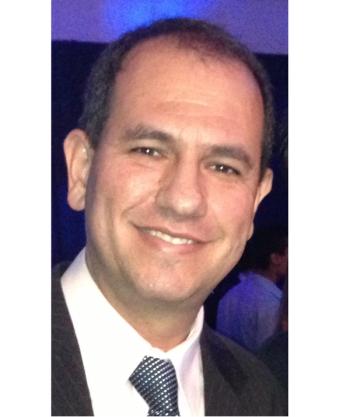
Spectroscopy sat down with Landulfo Silveira Jr. of Universidade Anhembi Morumbi-UAM and Center for Innovation, Technology and Education-CITÉ (São Paulo, Brazil) to talk about his team’s latest research using Raman spectroscopy to detect biomarkers of cancer in canine sera.
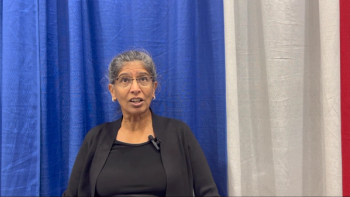
As part of our SciX 2024 conference coverage, we recently asked Anita Mahadevan-Jansen of Vanderbilt University about how mentorship has impacted her career and how new scientists can find a mentor.
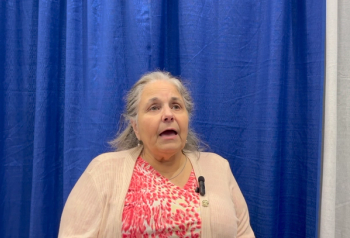
As part of our SciX 2024 conference coverage, we recently asked Ellen Miseo of Miseo Consulting about how mentorship has impacted her career and how new scientists can find a mentor.
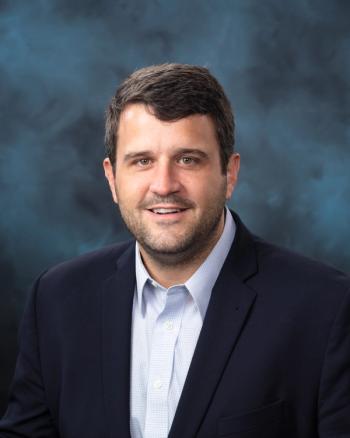
Spectroscopy Magazine sits down with Benjamin T. Manard of the Chemical Sciences Division at Oak Ridge National Laboratory (Oak Ridge, Tennessee), who will be receiving the Lester W. Strock Award, given by the New England Section of the Society for Applied Spectroscopy, this October.
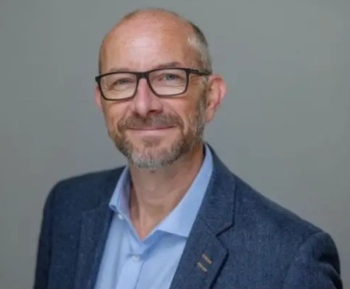
In a preview to the upcoming SciX Conference October 20 to 25 in Raleigh, North Carolina, Spectroscopy sat down with Nick Stone of the University of Exeter to discuss his recent work in oncology and clinical analysis.


